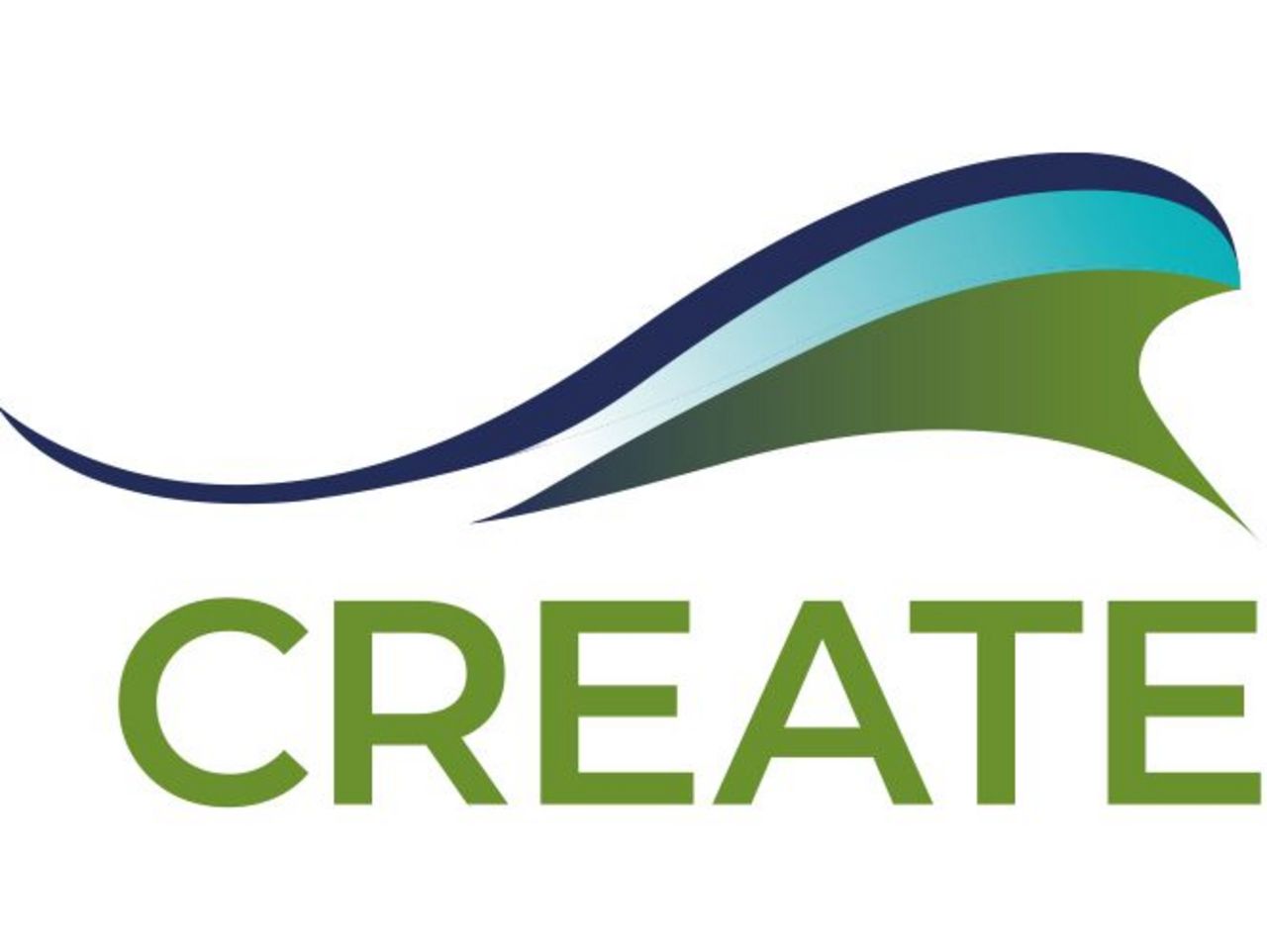Project
Synthesis of methods for assessing connectivity in a network of protected areas (CREATE)

DAM-SN-CREATE – Concepts for reducing the impact of anthropogenic pressures and uses on marine ecosystems and biodiversity
In CREATE, we use so-called ‘living labs’ in the North and Baltic Seas, in which we develop concepts for sustainable use and protection together with stakeholders. In these model regions, the jointly defined approaches can be subjected to a practical test.
Background and Objective
Climate change and the intensified use of coastal seas not only affect the marine environment, but also the regional economy, human health and well-being. Multiple and simultaneous interventions in coastal marine ecosystems are increasingly leading to conflicts of use that require trade-offs between protection and use.
The aim of the CREATE project is to develop knowledge for action. We want to find practical solutions to map and protect regional biodiversity as it is impacted by the multiple uses of marine space.
We are developing a methodology that serves to implement the politically formulated goals of marine nature conservation. These are set out in the European Marine Strategy Framework Directive (MSFD), the Natura 2000 legislation, the German Sustainability Strategy and the National Biodiversity Strategy (NBS), among others.
At the Thünen Institute of Sea Fisheries, we analyse the functional links between already established marine protected areas (MPAs). We combine approaches from different disciplines to understand how ecological and hydrodynamic processes support the impact and reach of biodiversity restoration measures. In the first phase of the project, we are developing this assessment methodology using the European oyster (Ostrea edulis) as a case study.
In the Natura 2000 site Borkum Reef Ground, the research team is investigating and evaluating the effectiveness of a reintroduction of the European oyster, which has largely disappeared due to human impacts. This involves investigating whether and to which extent it can spread from the artificially established population by dispersing its larval stages and thus possibly open up new habitats. At the same time, we are monitoring the development of the reef-associated biodiversity.
Target Group
Science, politics, public
Approach
To assess connectivity, the functional network between marine protected areas, we combine monitoring using genetic methods with biophysical modelling. We use this combination to understand the drift pathways of oyster larvae that are displaced with water currents. This allows us to map the range of their dispersal from protected habitats and also to identify regions where larvae potentially settle to form new reefs. From this, we derive connectivity maps that can be used to assess the effectiveness and radiance of reintroduction efforts.
Our second important question is whether the reef structures create new habitats for other organisms of the southern North Sea (e.g. for fish, lobsters or edible crabs) by providing refugia or spawning sites. Therefore, we analyse the local biodiversity directly around the reef using environmental DNA traces and genetic metabarcoding of plankton samples, which also allows us to record the occurrences of rare species.
Both components together form an evaluation basis for assessing and planning effective protection and restoration measures.
Our Research Questions
- Which processes determine the success of a nature conservation measure, in particular the reintroduction of the European oyster?
- Is there a spillover from protected or restored habitats through the spread of planktonic life stages into surrounding areas? Can the European oyster, starting from the reintroduction sites, reach new suitable habitats via its larvae and grow there?
- How is such functional connectivity between MPAs to be assessed, and how can restoration measures be optimised with it?
- Which fish and crustacean species use the oyster reef habitat? Does restoration of oyster reefs lead to increased local biodiversity?
Links and Downloads
Project CREATE: https://uol.de/en/icbm/collaborative-projects/create
DAM Research Mission 'Protection and sustainable use of the oceans': https://www.allianz-meeresforschung.de/en/activities/research-missions/protection-and-sustainable-use-of-the-oceans/
Involved Thünen-Partners
Involved external Thünen-Partners
-
Carl von Ossietzky Universität Oldenburg
(Oldenburg, Deutschland) - Alfred Wegener Institut - Helmholtz -Zentrum für Polar und Meeresforschung
(Bremerhaven, Deutschland) -
Universität Rostock
(Rostock, Deutschland)
Funding Body
-
Federal Ministry of Education and Research (BMBF)
(national, öffentlich)
Duration
12.2021 - 11.2024
More Information
Project funding number: Förderkennzeichen: 03F0910M
Project status:
ongoing

![[Translate to English:] [Translate to English:]](/media/_processed_/7/1/csm_IMG_7977_large_1defaf5de1.jpg)

![[Translate to English:] Logo des Bundesministerium für Ernährung und Landwirtschaft](/media/allgemein/logos/BMEL_Logo.svg)